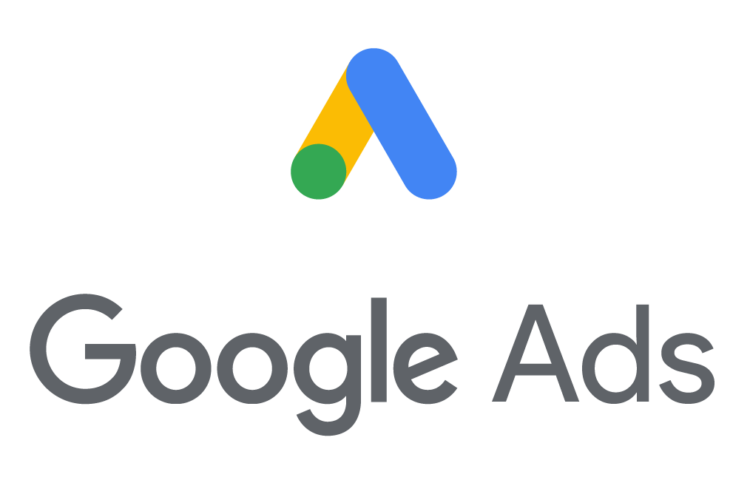
Most online businesses understand the vital importance of search engine optimization, but even the most SEO-savvy can overlook some of the bare necessities when it comes to building their SEO strategies. Of course, creating great content that reaches the masses is of paramount importance, but on-page content alone isn’t sufficient when it comes to building a high ranking, highly authoritative website that search engines hold in esteem.
In SEO, ignorance isn’t bliss. As a website owner, you can’t afford to overlook the fundamentals when it comes to search engine ranking factors. Here, you’ll find the 5 SEO basics that even the most established online businesses can be guilty of underestimating.
1. Mobile Responsiveness
Google processes over 8.5 billion searches every day, but did you know that almost two thirds of its organic traffic originates from mobile devices? Across the internet as a whole, mobile usage had already surpassed desktop usage by 2016, with smartphones now very much our preferred method of accessing the web.
So while ensuring your site is optimized for mobile is a straight no-brainer for a number of reasons, it’s also vitally important for SEO: you may be left languishing in the SERPs if Google and other search engines can’t detect that your website is mobile-friendly.
That said, responsiveness alone (the ability of a site to adapt to varying screen sizes and device types) isn’t going to cut it; you need to be thinking ‘mobile-first’. And often, mobile-first means content-first: mobile users are generally more time and attention-limited than when browsing on a desktop, so they require speedy, uncluttered, relevant solutions.
If your mobile site is muddled, visually unstable or hard to navigate, Google won’t look favorably upon your inflating bounce rate. To start putting mobile first in your web design approach, consider using a professional website building tool like Jimdo; it’s especially great for small businesses, with its easy-to-use, drag-and-drop mobile site builder seamlessly incorporating elements like forms and maps.
2. User Experience
Many businesses make the mistake of keeping UX out of their discussions about SEO, when in fact it’s absolutely fundamental to ranking well on search engines like Google. So what makes a ‘good’ user experience? Well, according to Google’s Core Web Vitals (a set of user-focused metrics aimed at providing a smooth and seamless user experience), it’s the ease of interaction, the stability of the visuals, and the speed and performance of a website.
To rank well on Google, you need to create a smooth and intuitive navigation experience: a smart layout and a user-friendly interface are essentials. Next, ensure the visual elements are stable and the layout isn’t continually shifting. Thirdly, and probably most importantly, make sure your content loads quickly and your site performs reliably.
Performance stems from design, content, and hosting — and it’s hosting that’s often left inadequate. Relatively-inexperienced website owners understandably tend to focus on keeping costs down, and the simplest way to avoid expenditure is to use the cheapest hosting available. This is a mistake. If you hope to get anything out of your website (be it sales, brand growth, or even just networking opportunities), you need to invest in it.
A great middle-ground solution for today’s non-technical types is to use a PaaS solution (PaaS meaning platform-as-a-service: within the service, you can manage apps, hosting tiers, updates, and everything else relevant). Cloudways, for instance, offers one-click WordPress rollout (and all the UX design convenience that entails) alongside scalable hosting from top cloud providers, hitting strong performance on a workable budget.
3. Internal Linking
Many businesses tend to focus on external link building (also referred to as backlinking) and while this is undoubtedly an invaluable use of their time — since backlinks help to build authority through “votes of confidence” from reputable external sources — they can often overlook the importance of internal links.
Simply speaking, an internal link is a hyperlink that directs a user to another page or resource on the same domain, but are they really that important? Well, just ask Google’s very own Search Advocate, John Mueller, who believes that internal linking is “one of the biggest things” you can do on a website to guide Google (and your visitors) to the pages you think are most important.
So, how do internal links do this? On the one hand, they help to ease a user’s navigation by including user-friendly links in your pages (another point for UX), providing your anchor texts point to relevant and useful content elsewhere on your site. From an SEO point of view, including multiple internal links spreads what we refer to as the ‘link juice’ (the idea that pages build authority through links passed from other pages), which is a key ranking factor.
Ultimately, a strategic internal link structure helps search engines like Google to locate, index and understand the pages of your site, which will help them to determine its relevance to related search queries and boost its overall page rank. Plus, using an automated builder like LinkWhisper (a plugin for WordPress sites) makes the process of link building even easier.
4. Featured Snippets
We’ve all heard of Google’s featured snippets: they’re highly sought after (for good reason) but do we really know exactly what they are, why they’re so important or, indeed, how we go about securing one? Let’s start by explaining what a featured snippet actually is.
Simply enough, a featured snippet is a piece of content that Google extracts from a page and displays directly in the SERPs in an effort to save the searcher time. For example, if I develop a sudden interest in the culinary habits of big cats, I can Google “what do lions eat?” and get an answer right away without needing to click on anything (medium-sized to large hoofed animals like wildebeests, zebras and antelopes, in case you’re interested).
If that seems unfair for the person who actually wrote that content, well, it is. Google ends up taking their work without allowing them a click. But since there’s no fighting against Google here, you need to make the best of things, and there are some decent benefits to having your content featured in a snippet. Most notably, a featured snippet gets top billing (being placed in ‘position zero’ above all other results), and the provided attribution serves to bring attention to the source site (even if the average view won’t bring them any visits).
Securing a coveted featured snippet is all about providing concise answers to common queries, using plain language with just enough detail for it to be highly informative. That way, you’re giving Google exactly what it wants to deliver to its users.
5. Image Alt Text
Sure, you’ve heard this one countless times before now — so why do so many businesses still not appreciate the importance of alt text when uploading images to their websites? The main purpose of alt text (or an alt attribute, as it’s sometimes called) is to enhance the browsing experience of visually impaired users by helping them to understand images through something called a screen reader.
The alt text (essentially a written alternative to an image) should describe the image in enough detail for the user to be able to understand what it is without being able to see it clearly, or at all. However, alt text isn’t just useful for screen readers; it also plays a key role in SEO, since search engines like Google also use this information to understand the context of an image. While search engines have developed significant AI capabilities, they still can’t understand (or ‘see’) an image without a little human intervention.
The alt text is us helping Google to ‘see’ the image so that it can determine its value and its relevance to search queries. If there’s no alt text (or the alt text does a poor job of describing the image) then Google either can’t rank your image or might rank it for irrelevant, unintended keywords (and that doesn’t befit a good user experience).
You can check your website’s image alt tags using a free tool like SEOptimer’s Alt Tag Checker. What’s more, by including targeted keywords in your alt text (while still ensuring the description is clear and unambiguous) you can help the image rank for specific search phrases.
Are you overlooking some of these fundamental SEO principles? If you are, it might be time to take a more back-to-basics approach to your SEO strategy.





